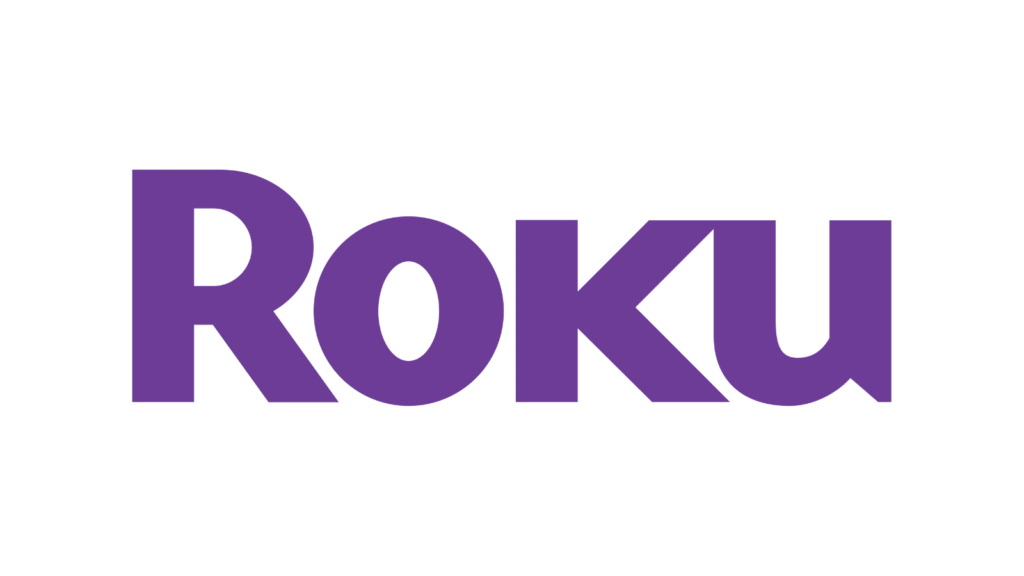Roku’s latest round of layoffs this week reflects continuing pressure on the media landscape, especially when it comes to the advertising market. Roku, like many of its peers, relies heavily on robust ad spend to drive revenue across its Platform division, and last year’s soft scatter market that spurred a 200-headcount reduction at Roku in November appears a persistent beast as another 200 positions will evaporate under this week’s disclosure, a 6% reduction of its current staff. I

In addition, the leading OTT platform will sublease some of its office space, suggesting that it doesn’t plan to backfill or add new positions any time soon despite significant new ventures like its Roku TV smart TV product launched in an exclusive deal with Best Buy earlier this month. So whether it’s Roku tackling the highly competitive CTV market or striking high-profile deals like its pact with Warner Bros. Discovery to host WBD FAST-live channels, the company will need to execute with a roughly 10% smaller workforce, likely creating internal disruptions. Of course, Roku isn’t alone in that conundrum, with everyone from Meta to Amazon to Disney to WBD shedding thousands of workers amid high inflation and macroeconomic woes. And don’t expect artificial intelligence to fill the human gap. At least not yet.
As we recounted last month covering Roku’s Q4 earnings, it’s not all bad news for this embattled platform player, which despite a hefty $500 million loss in 2022 remains a powerful part of the streaming and CTV ecosystem, with CEO Anthony Wood claiming 38% market share for its licensed smart TV OS in the U.S. That’s an excellent base as it ventures to manufacture its own sets. But the overall picture remains fuzzy: last month’s company forecast of another $205 million loss in Q1 2023 already had Wall Street on edge, and the recent disclosure that Silicon Valley Bank had held $487 million of the company’s cash in uninsured accounts hasn’t helped allay concerns, although the FDIC has since stepped in to protect depositors, with First Citizens buying SVB this week in a government-brokered fire sale. As an uninsured depositor, Roku had noted in an SEC filing earlier this month “future dividend payments may be made to uninsured depositors.” So FDIC’s apparent promise to make depositors whole would seem a welcome relief, although Roku had already told investors it could go at least a year without recovering any of that money.
Next? Despite recent turmoil, Roku has plenty going for it. Its recently declining platform revenue spiked in Q4 to $731.3 million vs. $667.2 million in Q3 as device revenue sequentially shot up 44.2% to $135.8 million. Streaming hours on The Roku Channel FAST-live platform rocketed by 85% YOY. Active accounts are up 16% year-over-year to 70 million. Streaming hours hit nearly 24 billion in Q4, up 23% YOY. This is incredible growth for a company that’s been around two decades. While its new smart TV venture is more of a long-term play to protect market share amid declining streaming device sales industrywide, Roku’s solid revenue and market position remains a vital lifeline despite current troubles. Experts expect the ad market to remain soft in 2023, but we’ll watch this season’s upcoming Upfronts closely to gauge whether any big deals emerge. One thing to watch: whether WBD and Tubi’s rollout of new measurement options from Comscore and VideoAmp data juice Upfront spending or simply add a new component to the leftover scatter market. Roku’s entry into the low-margin TV business withstanding, it’s still all about the ads whose softness helped push its Platform ARPU down 5.2% in Q4. A healthy ad market is key to Roku’s business, and it’s simply unclear what 2023 will bring.
